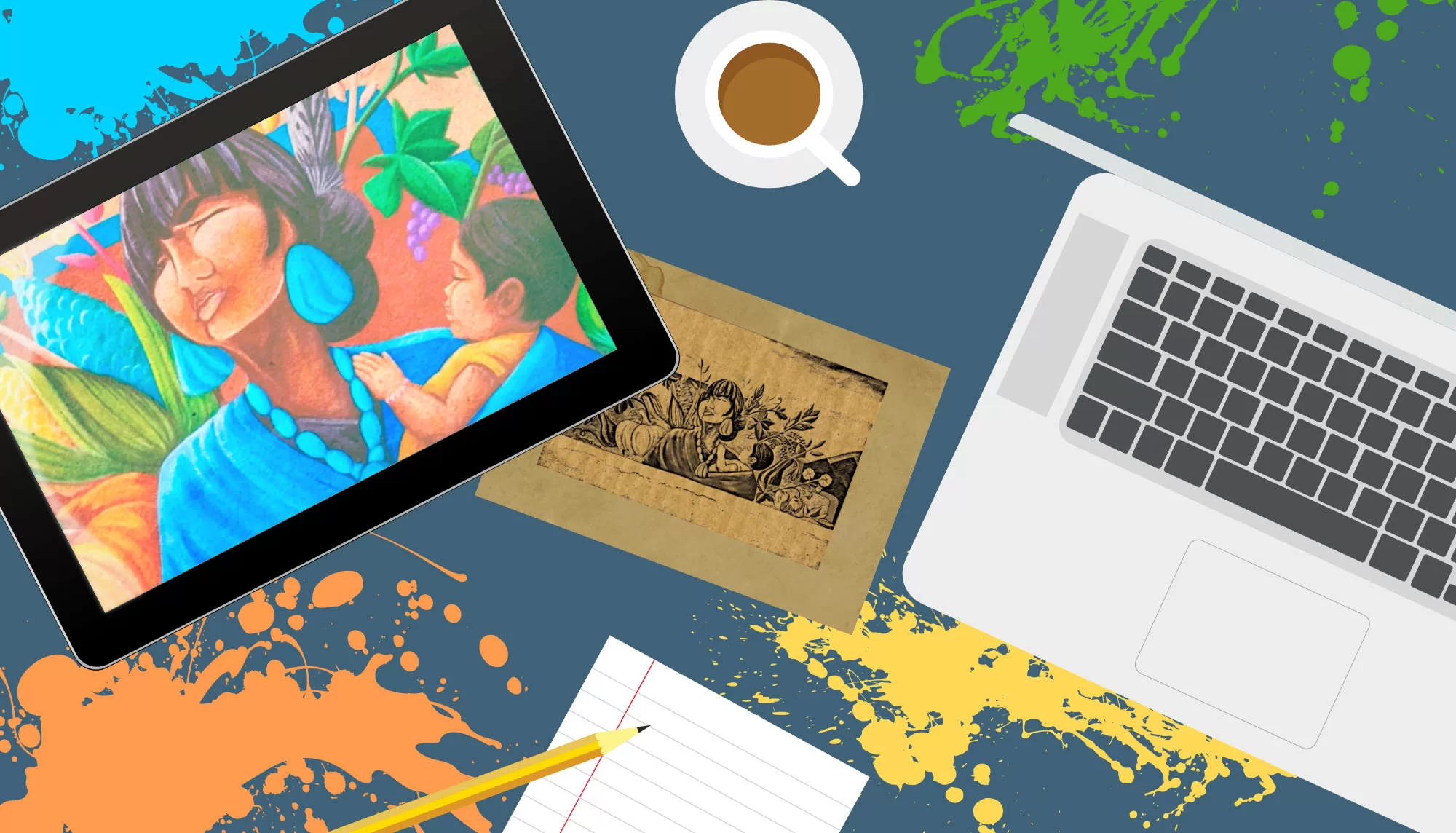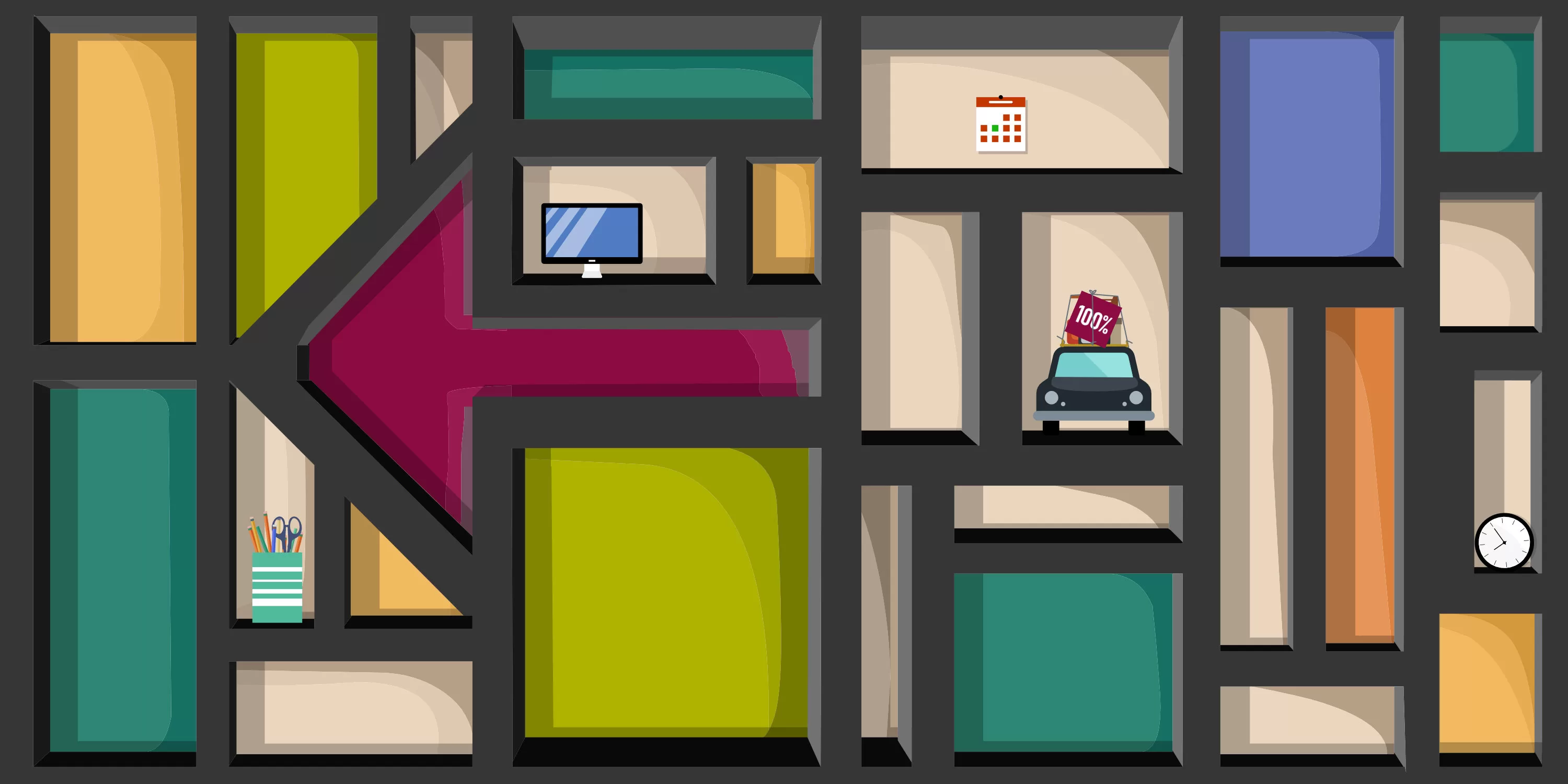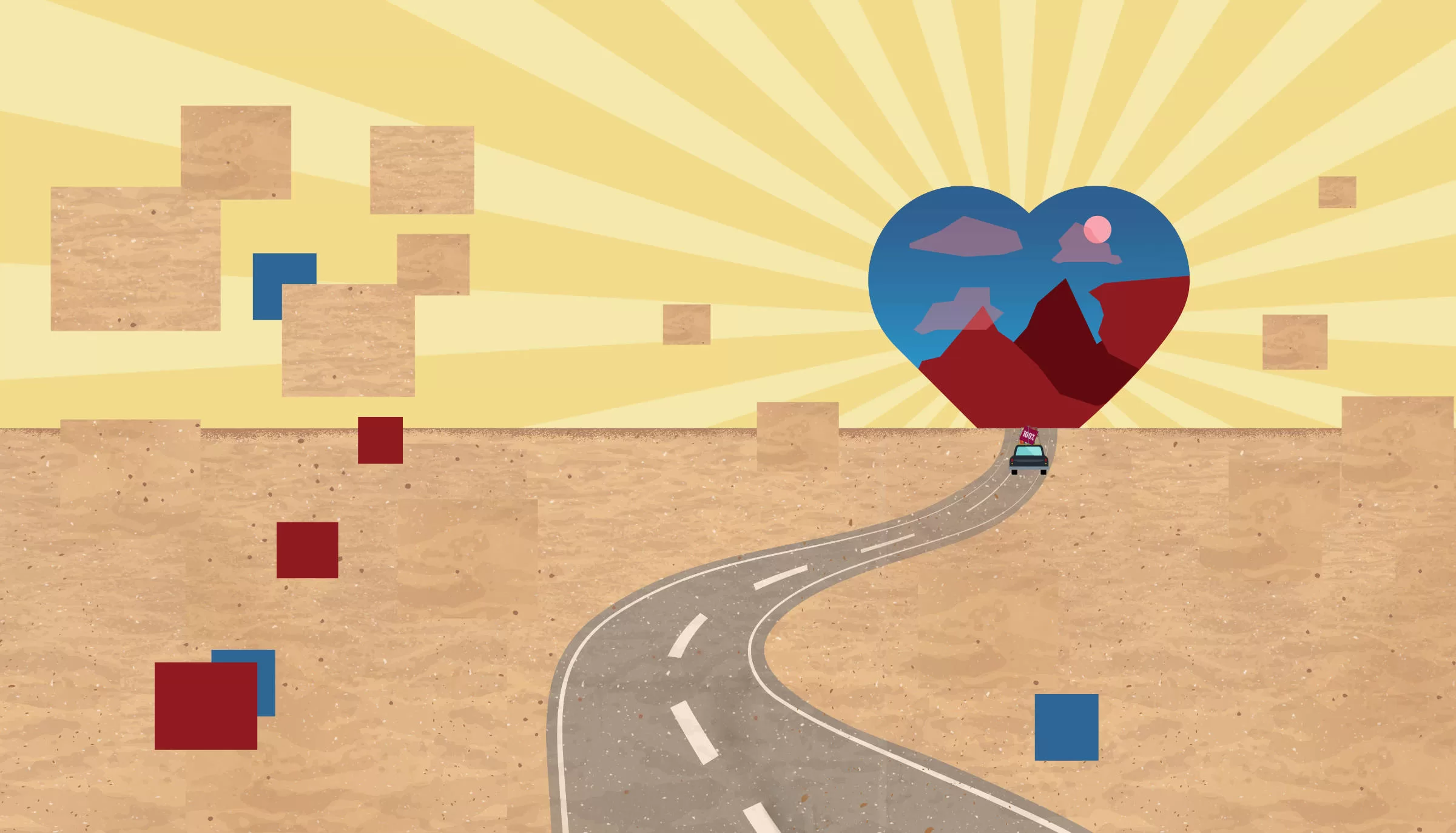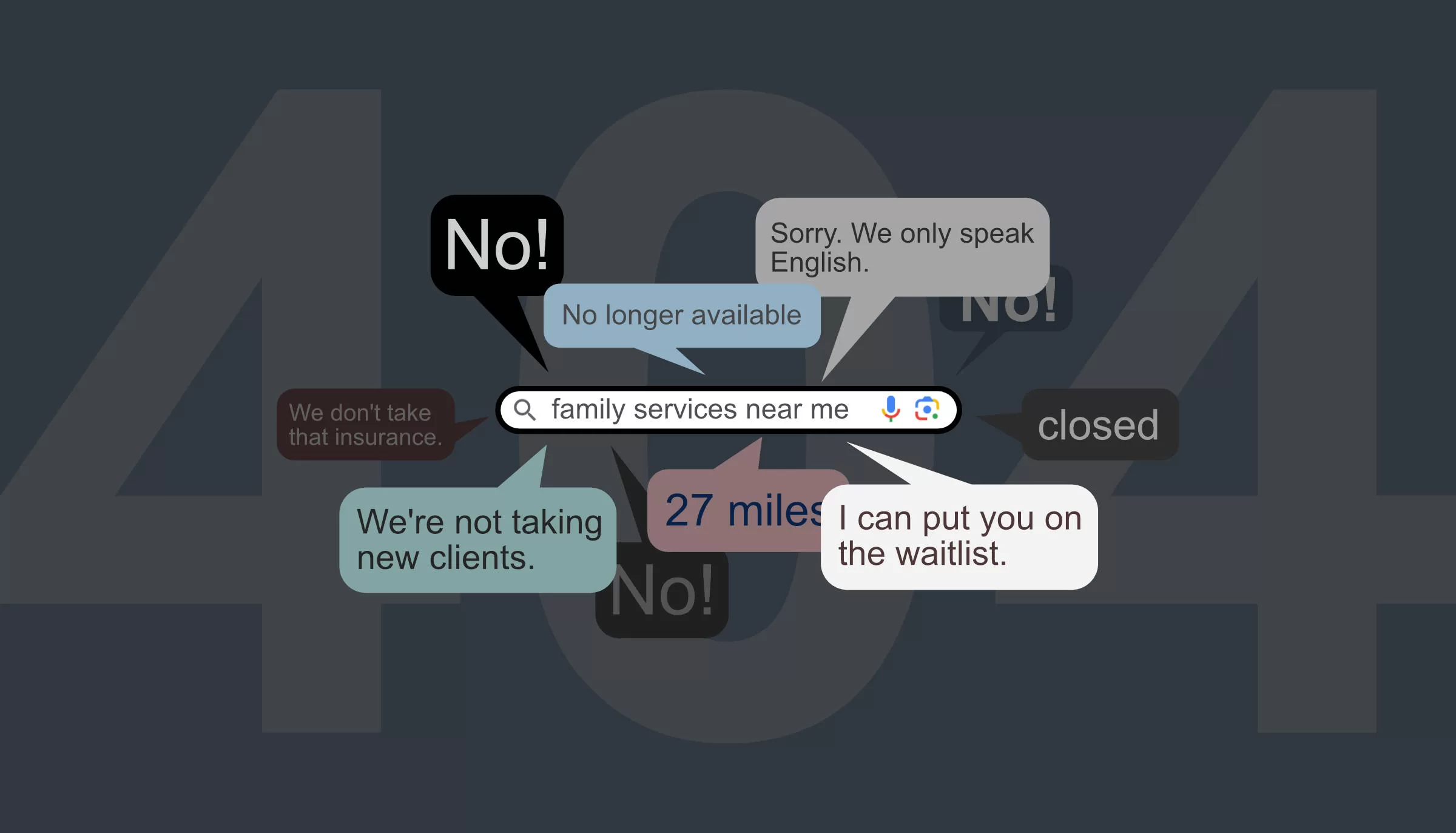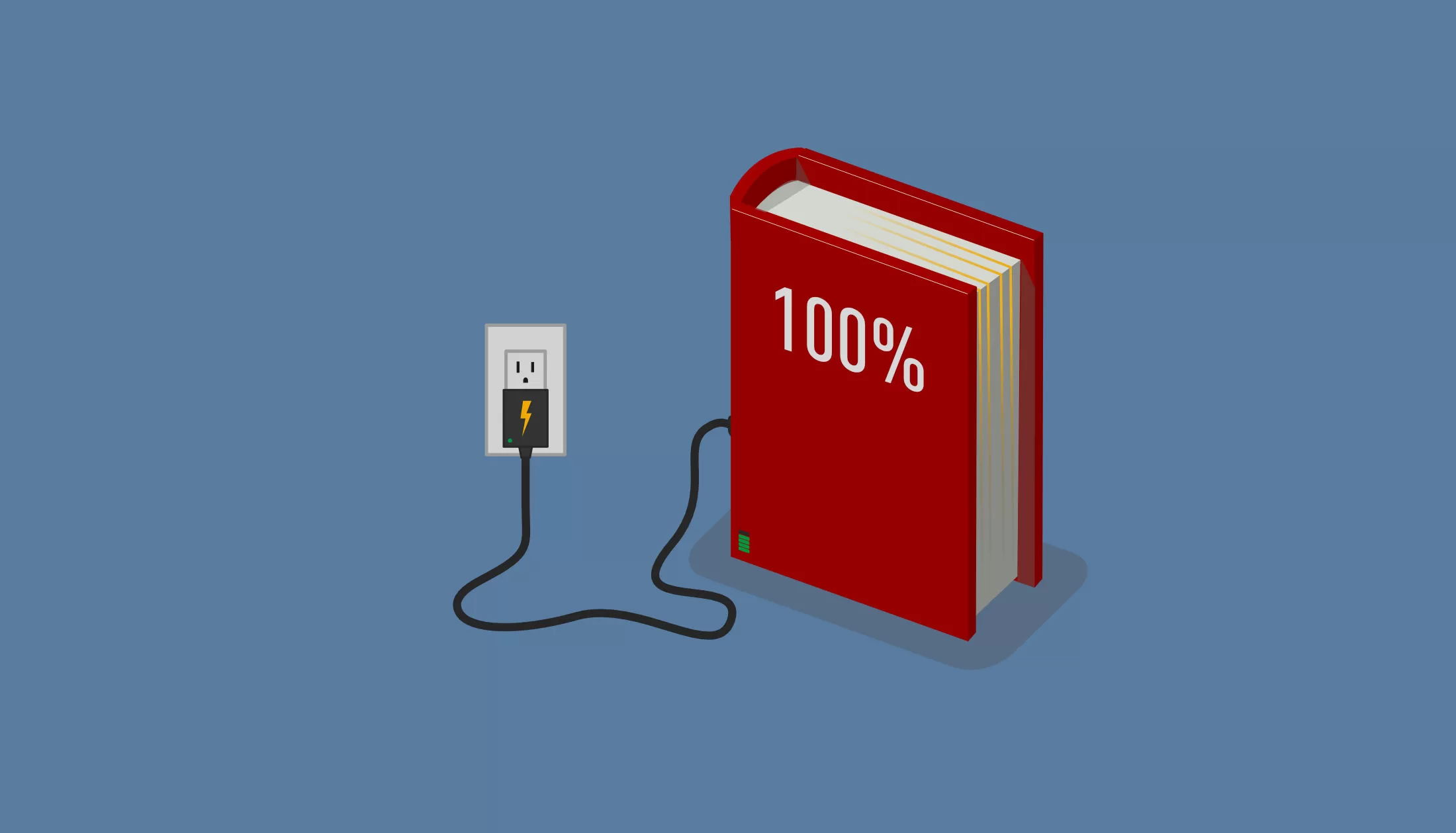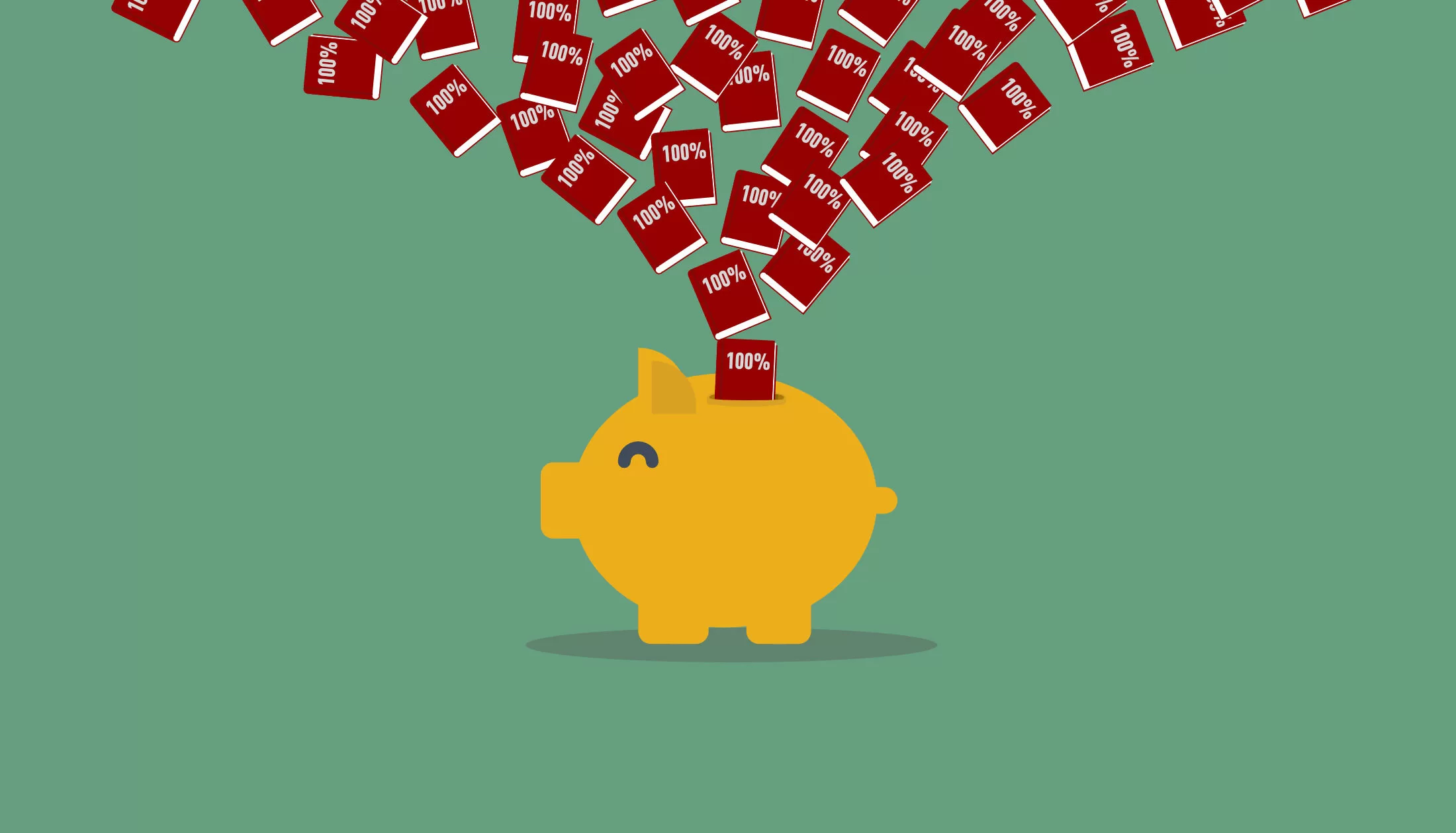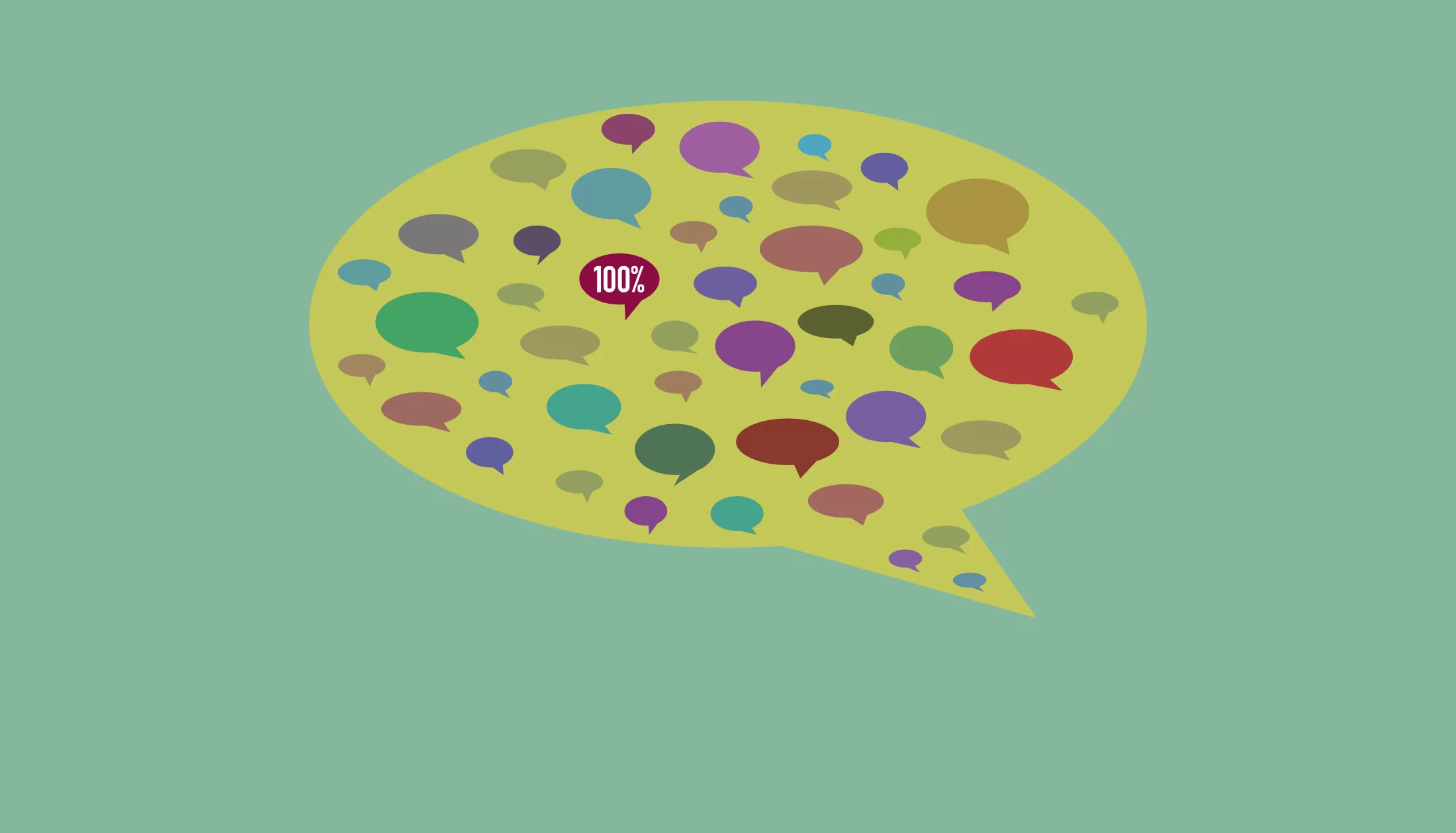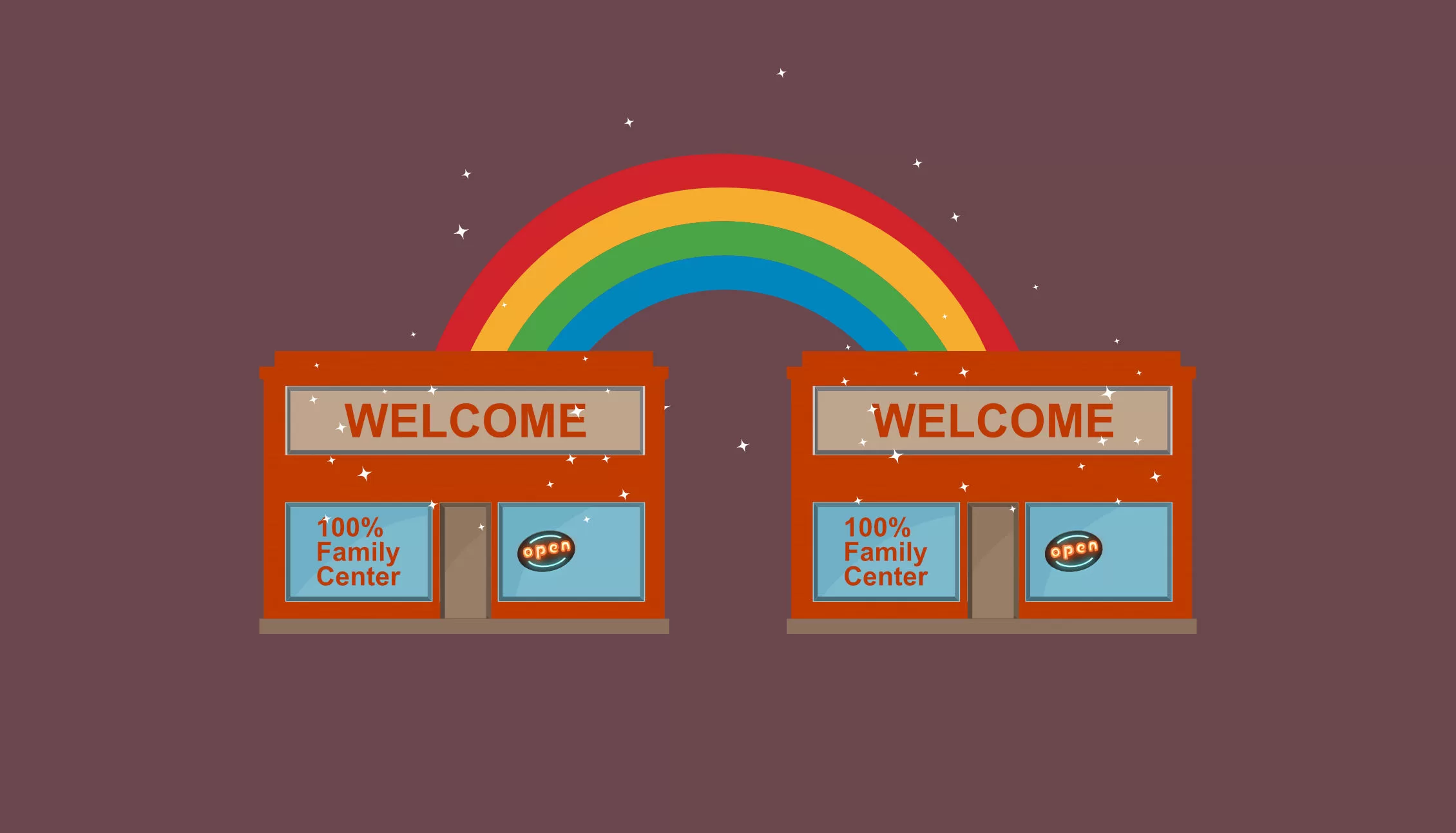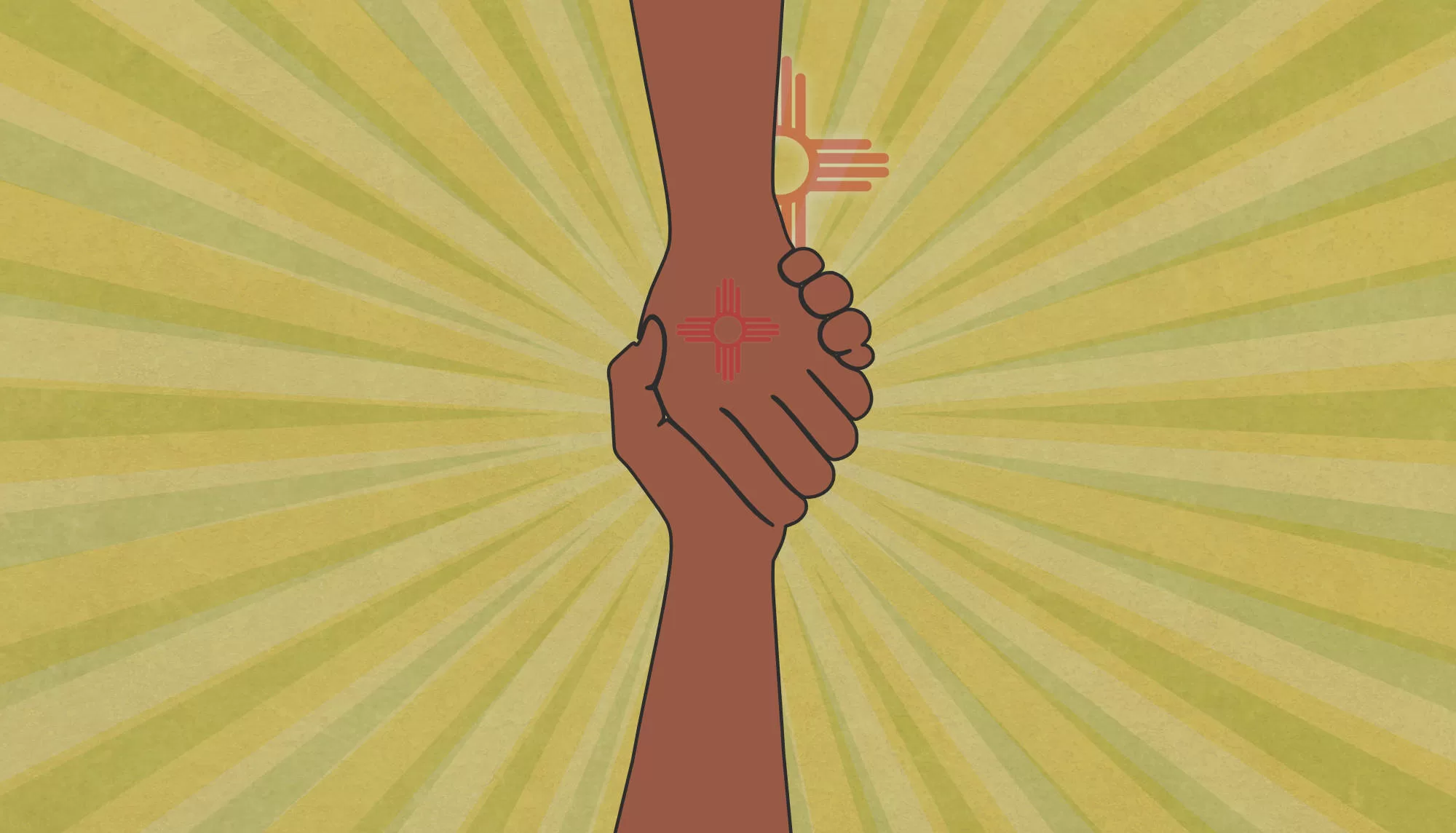How Are 100% Community Murals Inspiring Change?
How to 100% Training Series: Part 4
Our 100% Mural projects bring together students, families, and stakeholders with a message of healing, hope, and a call to action.
Katherine Ortega Courtney, PhD and Dominic Cappello
While we may be immersed in the nuts and bolts of supporting a statewide initiative focused on Zoom calls, data collection, and research, some of our most powerful emotional experiences have resulted from attending the 100% New Mexico mural celebrations. While our 100% New Mexico initiative promotes new policies and programs to increase access to service, our 100% New Mexico murals are often the first step in inspiring action. Art can be incredibly powerful and the cultural messages expressed on a public mural can heal. The mural events have also become featured in our Road to 100% documentary series.
STEP BY STEP, THE POWER OF ART AND CULTURE IS STRENGTHENED
Creating a community mural project that engages both youth and adult artists to promote socially engaged community action can be a powerful way to bring people together, beautify public spaces, and inspire positive change. Here’s a step-by-step guide to help you develop such a project:
Identify Purpose and Message: Define the purpose of the mural project and the social message that aligns with the 100% New Mexico initiative’s mission that you want to convey. It could be related to unity, diversity, local history, social justice, fighting “nay-sayers” (see the book Attack of the Three-Headed Hydras for ideas on working around those who want to keep the unsustainable status quo), or any other theme that’s relevant to your community.
Collaborative Planning: Involve community members, local artists, middle and high school art teachers, arts programs in higher ed, arts organizations, and potential participants in the planning process. Discuss the project’s goals, theme, location, timeline, and logistics. Gather input to ensure the mural reflects the initiative’s mission, the community’s values, and aspirations.
Secure Funding and Resources: Determine the budget required for the project. Seek funding from local government, businesses, grants, and community fundraising efforts. You’ll also need resources like paint, brushes, scaffolding, protective gear, and items and consumables for the mural celebration.
Choose a Location: Identify a suitable wall or public space for the mural. Consider factors such as visibility, foot traffic, community significance, and permissions from property owners or local authorities.
Recruit Artists: Reach out to both youth and adult artists in the community. Advertise through local schools, art organizations, social media, and community centers. Emphasize the project’s social engagement aspect to attract participants who are passionate about community impact.
Workshops and Design Sessions: Organize workshops or design sessions (perhaps a series of Saturday events) where artists of all ages can come together to brainstorm ideas, create concept sketches, and discuss the mural’s design. Encourage collaboration and incorporate diverse perspectives. Reach out to the local Big Brothers/Big Sisters to inquire about any mentors with a background in the arts.
Finalize Design: Work with the artists to refine and finalize the mural design based on the ideas generated during the workshops. Ensure the design effectively communicates the intended message.
Obtain Necessary Permission: If needed, obtain permission from property owners, local authorities, or relevant organizations to ensure that the mural project can proceed legally.
Preparations and Safety: Prepare the mural site by cleaning and priming the wall. Ensure safety measures are in place, including scaffolding, protective equipment, and proper ventilation if needed.
Mural Creation: Begin the painting process with the artists. Divide the design into manageable sections and assign artists to different parts. Mentoring artists can work with young artists. Encourage collaboration, creativity, and teamwork throughout the painting process.
Community Engagement Events: Organize community events around mural creation, such as open painting sessions, artist talks, workshops, and art-related activities for all ages. This helps build a sense of ownership and engagement among community members.
Documentation: Document the mural creation process through photos and videos. This documentation can be used for promotion, fundraising, and showcasing the project’s impact.
Unveiling and Celebration: Once the mural is complete, host an unveiling event or celebration where the community can come together to appreciate the artwork and the collaborative effort. Include speeches, performances, and activities to engage attendees. Consider placing the mural design on t-shirts and other swag.
Long-Term Engagement: After the project is completed, continue to engage the community by organizing maintenance sessions, workshops, or events related to the mural’s theme. This helps ensure that the mural and its messages remain a focal point of community engagement. If your county has a few murals with similar themes, consider developing a mural tour (by car, bike, or foot) with a podcast on the history of each mural and biographies of the artists.
Evaluation and Impact Assessment: Assess the impact of the mural project on the community’s social engagement and awareness. Gather feedback from participants and community members to understand their perceptions and feelings about the project.
Remember that a successful community mural project goes beyond the physical artwork. It’s about fostering connections, empowering artists, creating links between mentor artists and younger artists, and inspiring positive change in the community. By creating a meaningful and inclusive project, you can make a lasting impact on both the participants and the larger community. Please consider the above steps as a serving suggestion rather than a strictly defined set of rules. Activities work best when customized by local stakeholders to meet local needs. Please contact the Anna, Age Eight Institute with any questions, concerns, or bold ideas for improving the process.
Mural developers can reflect on these questions
- What support might you require to connect with younger artists and their art teachers found in middle and high school?
- What local artists reside in your county and would they be open to working on a mural project and mentoring younger artists?
- What are powerful messages to share in a mural to support the local initiative?
- What three results would you like from the mural project, including the pre-design work and the celebration with community stakeholders?
Join the discussion with other initiative members
If you’d like to join in the conversation across New Mexico, you can go directly to the 100% New Mexico Training Center and explore the “How to 100%” course. There, you will find a course on all initiative activities and a general discussion area connecting you with other initiative champions across New Mexico. For a view of the entire initiative’s progress please visit our research briefs.
The How to 100% Article Series
Don’t miss a blog post! Get notified!
The 100% New Mexico initiative is a program of the Anna, Age Eight Institute at New Mexico State University, College of Agricultural, Consumer and Environmental Sciences, Cooperative Extension Service. Contact: annaageeight@nmsu.edu or visit annaageeight.nmsu.edu to learn more.
